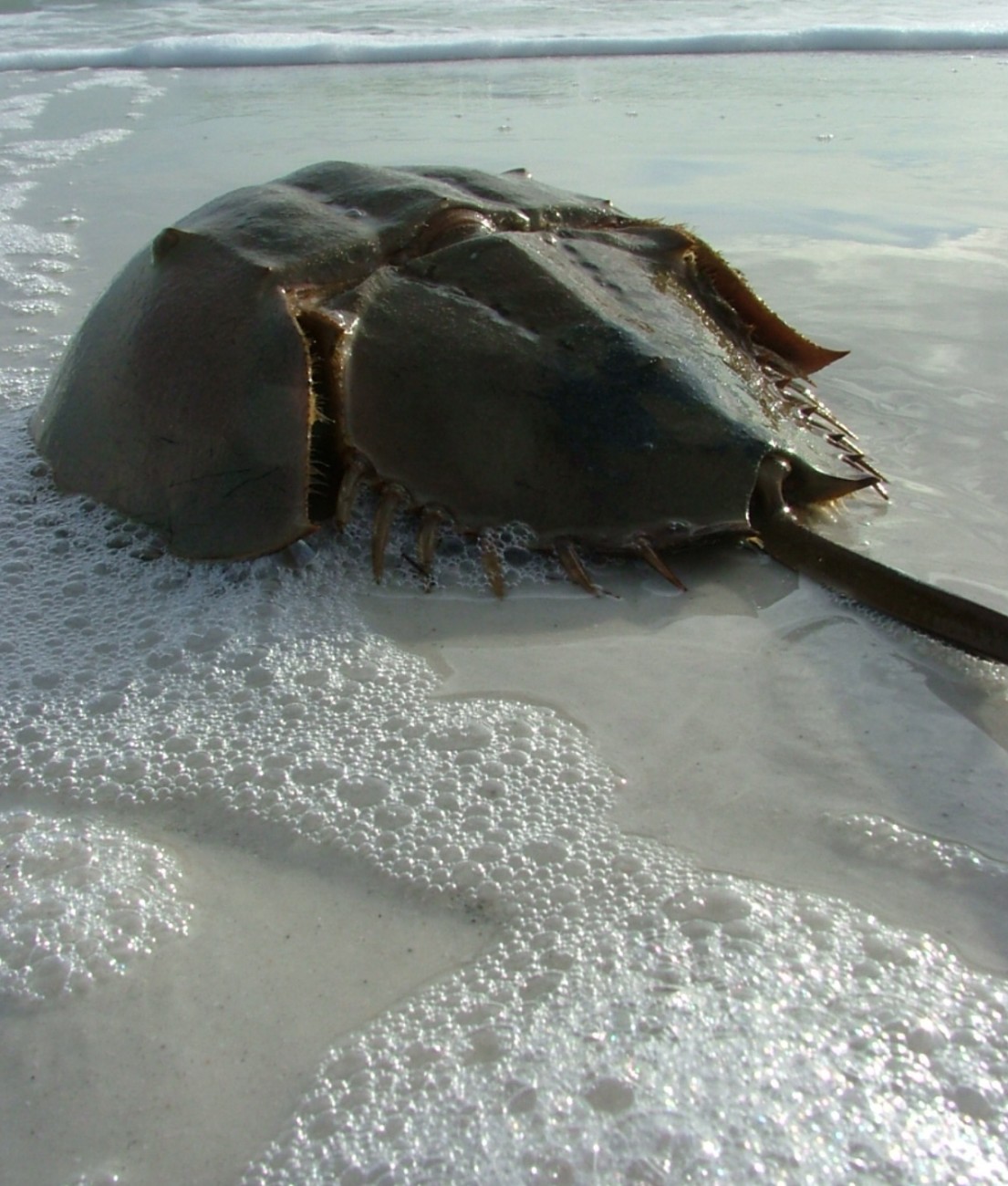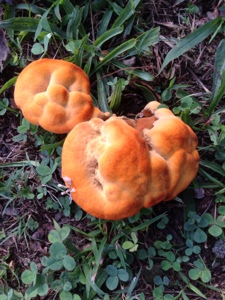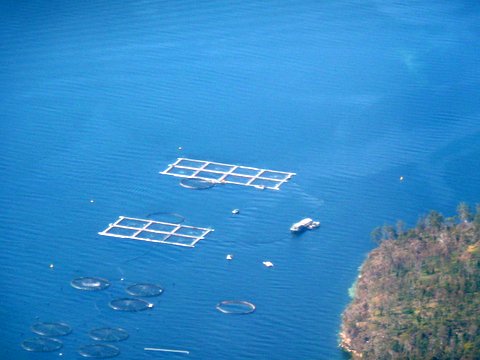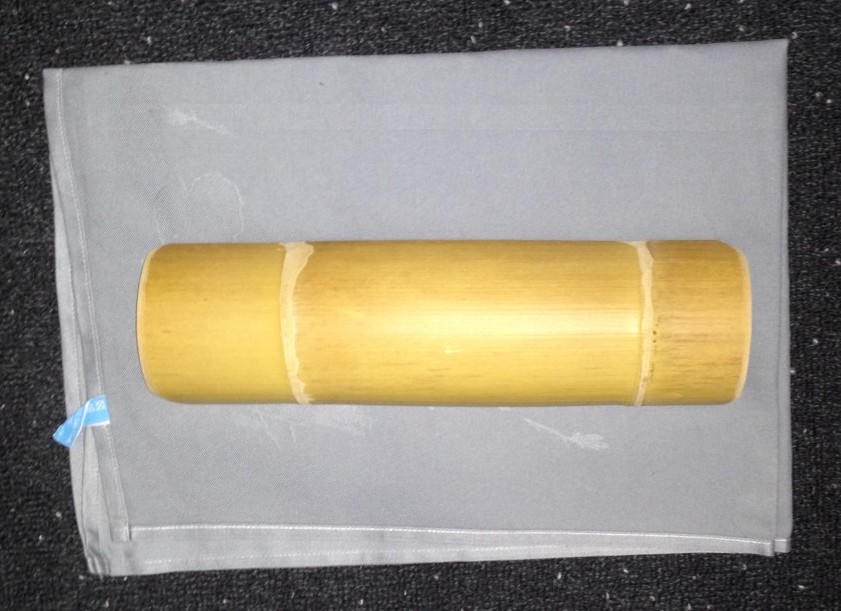
by Loti | Feb 10, 2014 | Animals, Birds, Health, United States
Florida. What in the world do humans and red knot shore birds have in common? Horseshoe crabs. Really? I remember horseshoe crabs as a kid washing up on the Long Island shore. These cool looking crabs are one of the few living fossils surviving today, having been around for 450 million years (way, way before dinosaurs). They are close cousins of the spider and look like big scorpions with hard backed shells and a harmless, although scary looking, long tail. So how are we all connected? The red knot bird relies on the consumption of eggs laid by the horseshoe crab to refuel for their unbelievably long migration from South America to the Arctic (almost 20,000 miles round trip). Humans rely on the blood of the crabs to protect us from bad bacteria (to learn more check out this fascinating PBS documentary (video.pbs.org/video/1200406235). All intravenous drugs, including shots and vaccines, in the US are required by the FDA to be tested with horseshoe crab blood to detect any foreign bacteria. (Wow, that I didn’t know).The blood, containing copper (making it blue as opposed to the iron in our blood which is red), coagulates when exposed to bad bacteria. Birds, crabs and humans- all interconnected. What an amazing world! Photo from...

by Loti | Jan 20, 2014 | Animals, Australia, Birds, Endangered Species, Environment, Flowers, Food, Health, Insects, Plants
Adelaide, Australia. Within walking distance of our hotel, I discover a magical botanical garden. Free to the public, in the middle of downtown, this 125 acre oasis includes a rainforest under glass. The forest is housed in the largest single span greenhouse in the Southern Hemisphere (for those of us geography challenged, the Southern Hemisphere is all the land below the equator including Anartica, Australia, most of South America and a third of Africa.) Entering the glass 2 story structure, the air is misty and buzzing with activity, from birds, insects, plants growing and 1,000 misting nozzles. I have always heard how important the rainforest (defined as a dense forest receiving 90-180 inches of annual rainfall) is to our global ecosystem, but I had no idea 50% of the world’s plants and animals live in them. And many of our medicines (some anti cancer and leukemia drugs for starters) come from rainforest plants. Yet we are losing 1-2 (and some biologists estimate the number is closer to 100) animal and plant species a day to extinction primarily from deforestation. Wow! So what can we do? I plan on learning more about the issues and possible solutions by joining a conservation club, visiting rain forests whenever I can and taking steps to recycle and be nice to our Earth. Once a species is gone, we can never get it back. And that sounds so...

by Loti | Aug 31, 2013 | Food, Health, Plants, Uncategorized, United States
North Carolina. Spotting these cool orange mushrooms on a recent walk in Tryon, NC, I wonder are they are edible? What is their name and do people actually eat mushrooms they find in the wild? With over 14,000 species of mushroom, I may never figure out what these mushrooms are called (an hour searching on the Internet produced no similar pictures). But I do learn over 3,000 species can be eaten with some being very nutritious. However, if you plan on foraging (hunting) mushrooms, you better know what you are doing as over 1,400 mushroom varieties are poisonous. Some deadly. Wow. I had no idea there were that many kinds. And apparently there are numerous mushroom clubs throughout the world and US where people learn about mushrooms, go foraging to collect mushrooms and then gather to cook meals from their forays. A mushroom club? How interesting. So next time you go for a walk, pay attention to the ground. Just since I spotted these mushrooms, I have seen 3 different species. A fascinating wild plant found in urban and rural settings, I look forward to learning more about them. And who knows, I just might send off for a kit to grow some at home and join a local club. Now that is...

by Loti | Aug 13, 2013 | Animals, Australia, Environment, Food, Health
Australia. The view of a salmon farm from our single engine plane high above the waters of Tasmania looks pretty cool and well, pristine. So why when I ask the restaurant server “is the salmon farmed or wild” do I order something else if the answer is farmed? On researching, it turns out to be a hotly debated subject with lots of emotionally charged opinions including my own. As the fastest growing food production segment in the world (wow, I had no idea) with over 1.5 million tonnes (a tonne = 2,204 pounds) produced annually, it’s a lot of salmon! So what’s wrong with ocean farmed salmon? Well, according to Whole Foods, nothing as long as it is farmed to their 36 page Quality Standard guide. OK, so if not, higher levels of PCB’s, lower levels of Omega 3’s, residual antibiotics used to fight disease and the use of genetically modified feed by some farmers for starters. And what about environmental concerns? The spread of disease into wild populations, pollution, and the death of thousands of sea lions and seals by drowning in the netting or being killed by farmers protecting their fish are real issues. The good news, however, is the industry is improving dramatically and has started farming in inland closed system tanks which eliminate many of the problems. So next time I eat out, I’ll just stick with wild fish or maybe ask if the farmed fish is ocean raised or inland tank raised. Can’t wait to see the reaction to that question! ...

by Loti | May 18, 2013 | Health, Korea
Korea. Flying from Atlanta to Seoul, Korea takes about 14 hours (coming home it took about 15). About half way thru our flight one of the flight attendants pulled out a piece of rounded bamboo and set it on the floor. She invited us to walk over it to massage our feet. Really? I had never seen this done. And on an airplane. Cool. Well it turns out, it is very common in Japan, China and Korea. Most households and many schools have a piece of bamboo called a takefume or fumitake (apparently it goes by both names since ta-ke means bamboo in Japanese and fumi means to step on). You step on it, rocking your foot back and forth and it feels divine. As legend goes, it was invented by the Samurai on long travels by foot. At night when they stopped to rest, they would cut a piece of bamboo from the side of the road and roll their feet on it to alleviate soreness. What a concept. Modern reflexology! So simple. And Eco friendly since bamboo is one of the fastest growing plants on Earth. So where do I get one? Well, not so fast. After numerous web searches, I can’t find a single one for sale. Not one, except a rubber one with nubs in bright neon. So the search is on. If you come across one, let me know. As an instant stress reliever and massager, why would you not have one? ...






